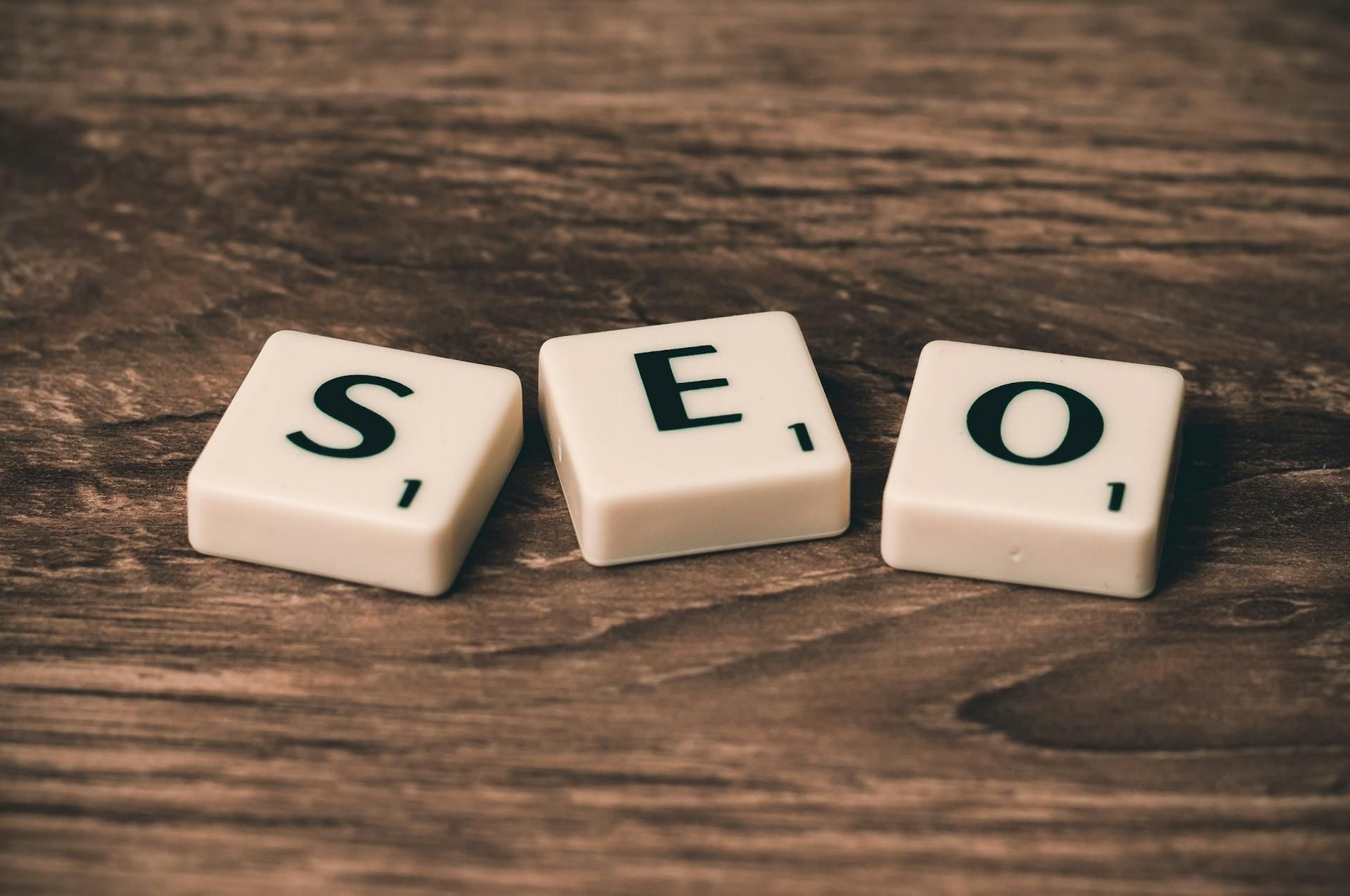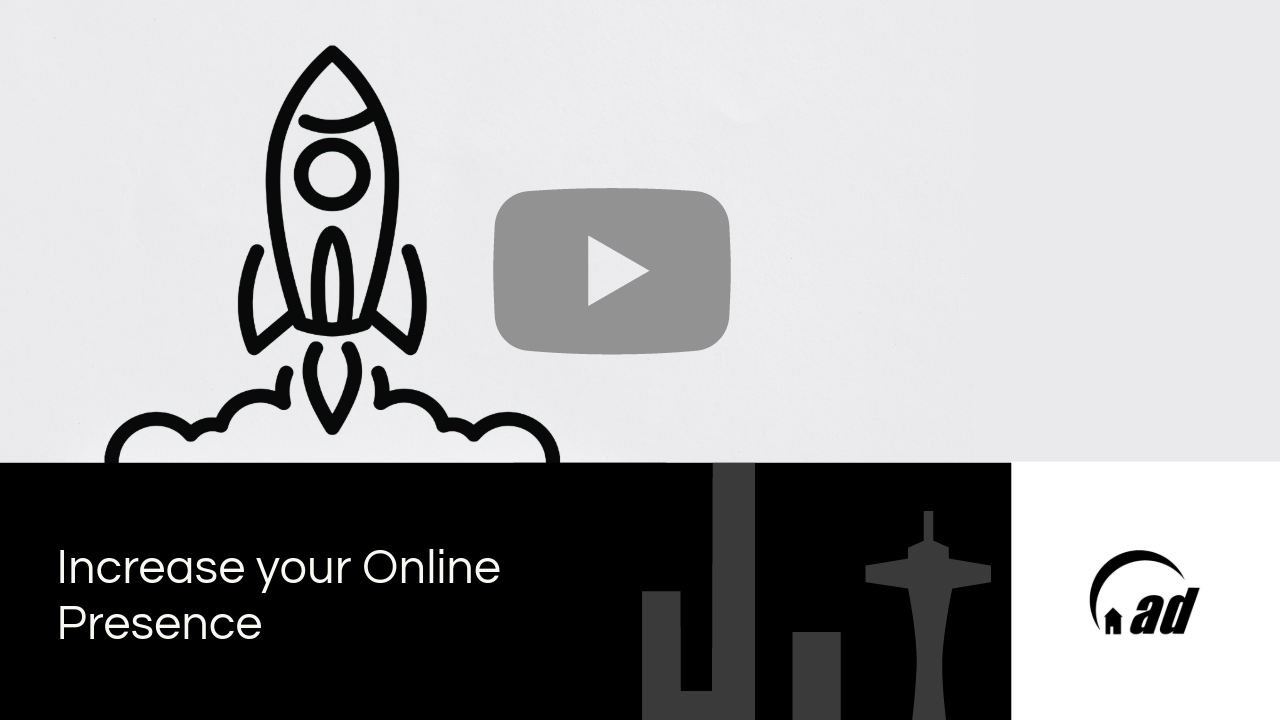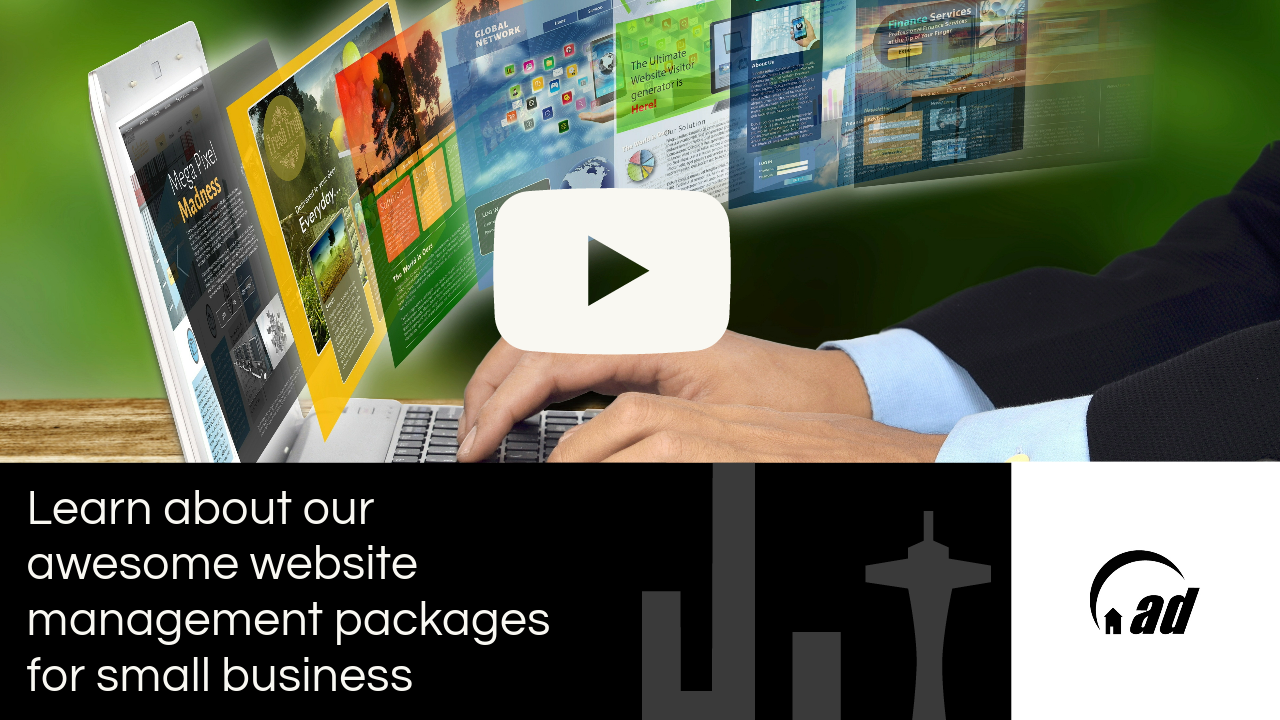A Guide to Mobile-First Web Design and Why It’s Crucial for SEO
Mobile-first web design is an approach where websites are built for mobile devices first and then scaled up for larger screens. With the rise of mobile internet usage, SEO must prioritize mobile optimization. Search engines, especially Google, now use mobile-first indexing, ranking mobile-friendly sites higher. A well-designed mobile experience not only boosts rankings but also improves user engagement. Here, we’ll explore why mobile-first web design is essential for SEO and how it impacts your website’s performance.
What is Mobile First Web Design?
This type of design refers to an approach where designers start by creating the mobile version of a website before adapting it for desktop screens. This method ensures the site functions smoothly on smaller screens, offering a better user experience for mobile visitors. Since mobile traffic has surpassed desktop traffic, this approach is now essential.
It contrasts with the traditional desktop-first design, which can lead to poor mobile performance. By prioritizing mobile users, websites load faster and are easier to navigate.

Why Search Engines Prioritize Mobile-Friendly Sites
Search engines, particularly Google, prioritize mobile-friendly sites because they want to provide the best experience for users. Google now prioritizes the mobile version of websites when determining search rankings, thanks to mobile-first indexing. If your site doesn’t perform well on mobile devices, it could hurt your visibility in search results.
Mobile-friendly websites are more likely to load faster, have lower bounce rates, and offer a smoother user experience, which are key ranking factors. A well-optimized mobile site can boost your online presence by improving visibility and increasing organic traffic. Remember that search engines favor mobile-friendly sites to meet mobile users' demands.
Mobile First Web Design Improves Page Load Speed
Mobile-first web design helps improve page load speed by focusing on a streamlined, lightweight design. Since mobile devices have limited bandwidth and processing power, designers optimize mobile sites with smaller images, fewer elements, and simpler code. That makes the site load faster on mobile and ensures better performance across all devices.
Faster load times are critical for SEO because search engines, especially Google, use page speed as a ranking factor. A mobile-first approach ensures faster performance, reducing bounce rates and improving user experience. Websites that load quickly rank higher, leading to better visibility and more traffic.

Better Mobile UX Means Lower Bounce Rates
A better mobile user experience (UX) leads to lower bounce rates. Mobile-first web design prioritizes user-friendly features like larger buttons, clear navigation, and faster loading times, making it easier for visitors to interact with your site. When a site is easy to use and navigate on mobile, visitors are likelier to stay longer, explore more pages, and engage with content.
According to a Google study, 53% of mobile users abandon a site that takes longer than 3 seconds to load, highlighting just how crucial speed and usability are to retaining visitors. The same study found that as page load time increases from 1 second to 10 seconds, the probability of a mobile user bouncing increases by 123%.
This increased engagement signals to search engines that your site offers value, which can improve rankings. In contrast, a poor mobile experience leads to frustration. It causes users to leave quickly, which increases bounce rates and harms SEO performance.
Responsive Design Helps All Screen Sizes
Responsive design ensures that a website adapts seamlessly to all screen sizes, from mobile phones to large desktop monitors. By using flexible layouts, images, and CSS media queries, responsive design automatically adjusts the content and elements based on the device’s screen size. This approach eliminates the need for separate mobile and desktop versions, making managing the site easier.
Responsive design is important for SEO because it helps maintain consistent content across all devices, which Google prefers. A single responsive site boosts rankings by reducing duplicate content issues and providing a smooth experience for users.

Mobile First Design Increases Dwell Time
A mobile-first design increases dwell time by creating a user-friendly experience that keeps visitors engaged longer. Since mobile sites are optimized for speed, ease of navigation, and readability, users are likelier to stay on the page and explore more content. Longer dwell times signal to search engines that your site is valuable and relevant, which can improve rankings.
Additionally, users who enjoy the mobile experience are likelier to share content and use social media to increase traffic. This engagement further boosts SEO by attracting more organic visitors and improving overall site performance.
Local SEO and Mobile Optimization Go Hand in Hand
Local SEO and mobile optimization are closely connected because most local searches happen on mobile devices. When users search for businesses or services near them, they expect quick, relevant results that are easy to navigate on their phones. A mobile-optimized site ensures that your business appears in local search results and provides a positive user experience, leading to higher engagement.
Mobile optimization is crucial for businesses relying on local customers to attract foot traffic and conversions. Search engines, especially Google, prioritize mobile-friendly sites in local search rankings, making it essential for businesses to implement a mobile-first strategy for better visibility.
Common Mistakes That Hurt Mobile SEO
Some common SEO mistakes that hurt mobile optimization include using intrusive pop-ups, which can be difficult to close on mobile screens, and neglecting to optimize images for faster loading. Another mistake is using small fonts that are hard to read on smaller devices or creating buttons too small to tap easily.
Additionally, failing to test the mobile version of the site regularly can lead to unaddressed issues, such as broken links or slow load times. These mistakes can negatively impact user experience and SEO, causing higher bounce rates and lower rankings in search results.
How to Implement Mobile First Web Design for SEO
To implement a mobile-first web design for SEO, follow these tips:
- Start with mobile design: Focus on mobile users first, ensuring the site is easy to navigate and loads quickly.
- Use responsive design: Ensure your site adjusts seamlessly across all devices with flexible layouts and images.
- Optimize page speed: Compress images, reduce code, and use fast hosting to speed up loading times.
- Prioritize readability: Use larger fonts and simple navigation for a better mobile experience.
- Test regularly: Use tools like Google’s Mobile-Friendly Test to identify issues and improve performance.
Embrace Mobile First Design for Better SEO!
Mobile-first web design is crucial for SEO success. By focusing on mobile optimization, you improve user experience, boost page speed, and increase engagement, all of which enhance your search engine rankings. Prioritize mobile-first strategies to stay competitive and improve your website's performance.
Author bio: Nick Djurovic is the Co-Founder of
Digital Dot, a leading digital marketing agency specializing in SEO, PPC, Social Media, and Web Development. With years of experience optimizing websites for user experience and search engine rankings, Nick is passionate about helping businesses thrive in the fast-growing digital landscape.
Photos used:
https://www.pexels.com/photo/macbook-air-on-grey-wooden-table-67112/
https://www.pexels.com/photo/photo-of-man-in-white-dress-shirt-holding-phone-near-window-859265/
https://www.pexels.com/photo/three-white-and-black-scrabble-tiles-on-brown-wooden-surface-270637/
https://www.pexels.com/photo/photo-of-woman-using-smartphone-3811808/
Share
Tips & Updates








